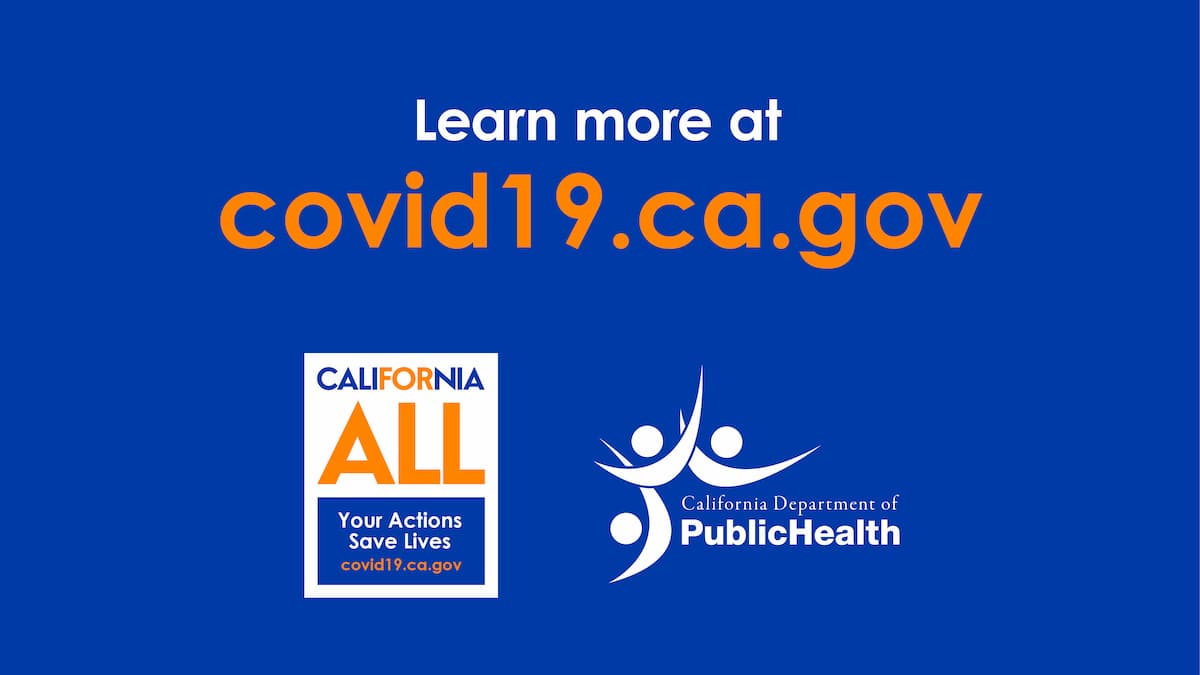Note for July 9, 2021
Current vaccine administration data is incomplete due to data processing latency. This report will be updated as the data becomes available.
This information makes immunization data transparent and accessible to all Californians.
On this page:
Overview of vaccine administration
This graph shows all vaccinations given in California, by county of residence. This data is updated daily.
Progress of vaccination by group
These charts show our progress in immunizing groups and communities with the most urgent needs. You can view by Vaccine Equity Metric (VEM), race and ethnicity, age, statewide or by county. These charts are updated weekly on Wednesday.
These charts use the California Healthy Places Index (HPI), developed by the Public Health Alliance of Southern California, which explores local factors that predict life expectancy and compares community conditions across the state. The HPI quartiles are the total population of the state divided into 25% segments based on conditions that shape health, including housing, transportation, and education.
The VEM combines the HPI with scores derived from the California Department of Public Health (CDPH). Postal codes range from less healthy community conditions in Quartile 1 to healthier community conditions in Quartile 4.
Vaccinations by postal code
This map shows the share of the population that received the COVID-19 vaccine by postal code and VEM quartiles.
The percentage of those who received a partial or full series of COVID-19 vaccines out of the total eligible population in each zip code is shown in gray. Darker shades of gray indicate a higher percentage. Lighter shades of gray indicate a lower percentage.
The VEM quartiles are identified by the colors of the circles in the center of each postal code.
Vaccinate equitably between groups
These charts show how California has distributed vaccines to date and over time by VEM, race and ethnicity, age and sex. Providing this information is voluntary and is not mandatory for vaccination. These charts are updated weekly on Wednesday.
Vaccinations to date
This graph shows how the doses were prioritized in the VEM quartiles, which align with the health conditions of the community. Our vaccination goals in this area are so important that we have tied the reopening of California to them.
- Vaccinations by administered doses
- Number of vaccine doses administered in California
- % of total and number of doses administered
- quartile {N}
- Least healthy community conditions
- Healthiest Community Conditions
- {PUBLISHED_DATE} updated with data from {LATEST_ADMINISTERED_DATE}.
Vaccinations over time
This graph shows our efforts over time to evenly distribute the different quartiles. You can see the progress made after two major policy and logistical changes in early March and mid-March.
Proportion of first doses of vaccine per group
These charts show the distribution of the first doses of vaccine by race and ethnicity, age and sex to date. Providing this information is voluntary and is not mandatory for vaccination.
- People with at least one dose of vaccine administered by race and ethnicity in California
- People who have received at least one dose of vaccine administered by race and ethnicity in [REGION]
- % of vaccines administered
- % of the population eligible for the vaccine
- {PUBLISHED_DATE} updated with data from {LATEST_ADMINISTERED_DATE}.
- Individuals identified as {category} have received {metric-value} of administered vaccines and constitute {metric-baseline-value} of the vaccine eligible population.
- People whose race / ethnicity was reported as {category} received {metric-value} of administered vaccines. Because Other is not an official census or Bureau of Management and Budget classification, the size of the corresponding vaccine eligible population is not known.
- People with {category} race or ethnicity have received {metric-value} administered vaccines. California does not assign a percentage of the vaccine-eligible population to this group.
- People with at least one dose of vaccine administered by age in California
- People with at least one dose of vaccine administered by age in [REGION]
- % of vaccines administered
- % of the population eligible for the vaccine
- {PUBLISHED_DATE} updated with data from {LATEST_ADMINISTERED_DATE}.
- The {category} age group has received the {metric-value} of the vaccines administered and constitutes the {metric-baseline-value} of the vaccine eligible population.
- People whose age does not belong to any group have received {metric-value} of the administered vaccines. California does not assign a percentage of the vaccine-eligible population to this group.
- >
- People with at least one dose of vaccine administered per gender in California
- People who have received at least one dose of vaccine administered by sex in [REGION]
- % of vaccines administered
- % of the population eligible for the vaccine
- {PUBLISHED_DATE} updated with data from {LATEST_ADMINISTERED_DATE}. “Unknown / Undifferentiated†includes those who refused to report, whose gender information is missing, or who identify as transgender, non-binary gender, queer or intersex.
- {category} have received {metric-value} of the vaccines administered and constitute {metric-baseline-value} of the vaccine eligible population.
- People whose gender is unknown or undifferentiated (see who this includes in the information in the table) have received {metric-value} of the vaccines administered. Since Unknown / Undifferentiated is not an official classification of the Census or of the Bureau of Management and Budget, the size of the corresponding population eligible for the vaccine is not known.

